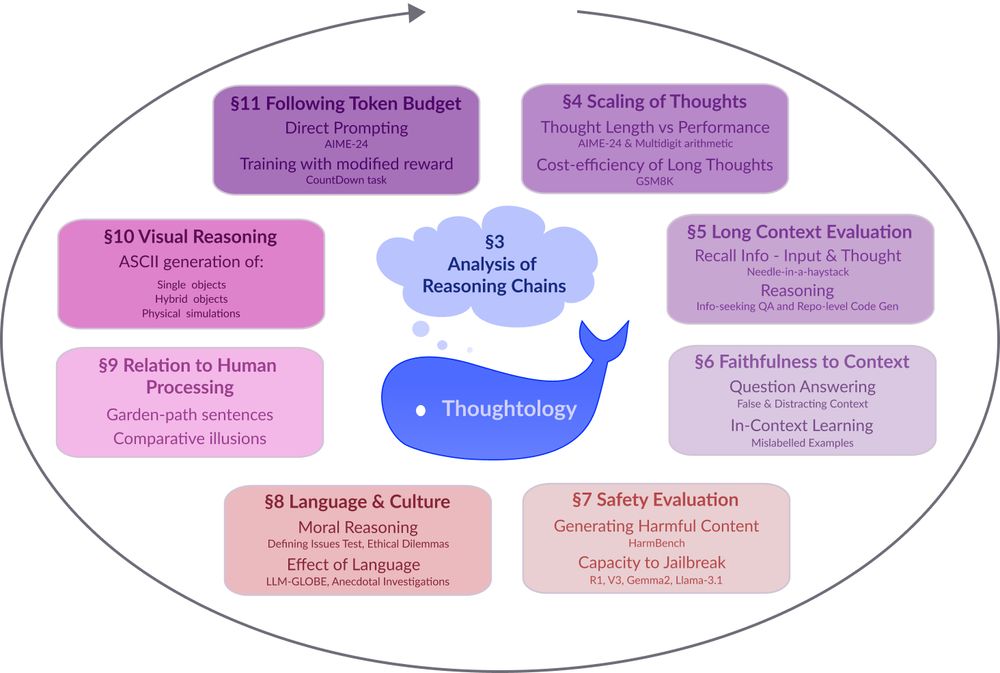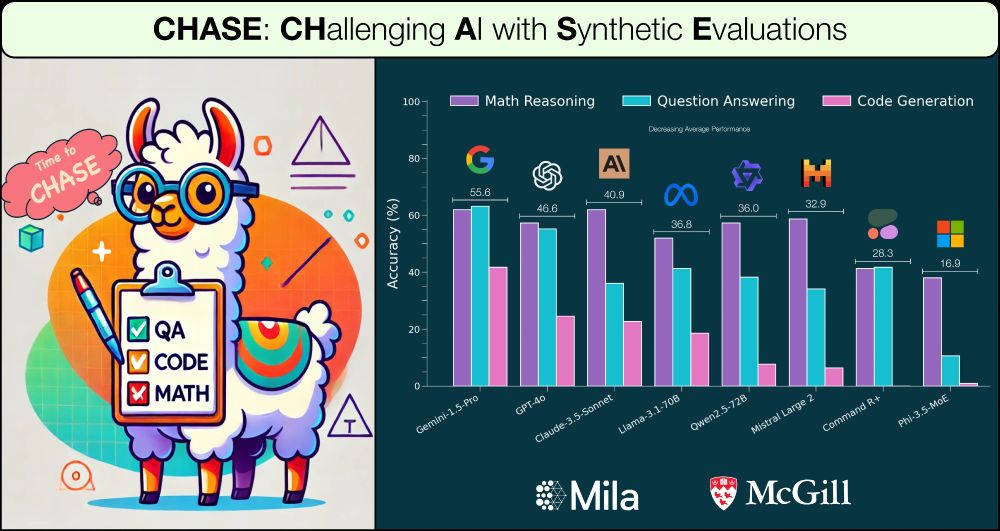w/ Michelle Yang, @sivareddyg.bsky.social , @msonderegger.bsky.social and @dallascard.bsky.social👇(1/12)

w/ Michelle Yang, @sivareddyg.bsky.social , @msonderegger.bsky.social and @dallascard.bsky.social👇(1/12)
🔗: mcgill-nlp.github.io/thoughtology/

🔗: mcgill-nlp.github.io/thoughtology/
Retrievers need to be aligned too! 🚨🚨🚨
Work done with the wonderful Nick and @sivareddyg.bsky.social
🔗 mcgill-nlp.github.io/malicious-ir/
Thread: 🧵👇
Retrievers need to be aligned too! 🚨🚨🚨
Work done with the wonderful Nick and @sivareddyg.bsky.social
🔗 mcgill-nlp.github.io/malicious-ir/
Thread: 🧵👇
Work w/ fantastic advisors Dima Bahdanau and @sivareddyg.bsky.social
Thread 🧵:

Work w/ fantastic advisors Dima Bahdanau and @sivareddyg.bsky.social
Thread 🧵:

